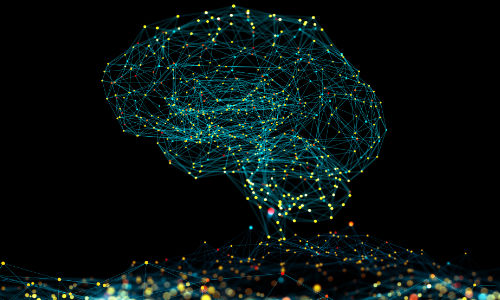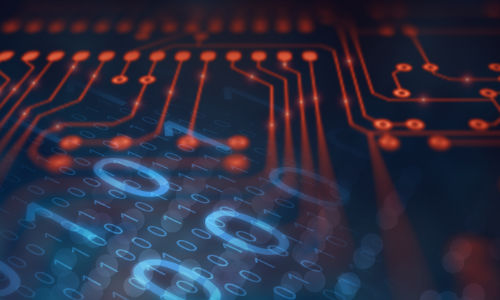Research Areas
Networking is the backbone of the interconnected world, and cybersecurity is its guardian. The researchers, faculty, Ph.D. students, and student workers in the Networking and Cybersecurity Division focus on the following research areas:
Areas of Research
Cyber Experimentation Research, Methods, and Infrastructure
Catalyzing a robust ecosystem of experimental infrastructure, capabilities, and communities by creating models, frameworks, testbeds, tools, and approaches to enhance the science of cyber experimentation and make the experiments rigorous, reusable, and repeatable.


Network Measurement, Analysis, and Defenses
The Internet – the largest, most complex object ever made by humans – is self-evolving, constantly changing, and poorly understood. Novel internet measurement techniques, tools, and data inform understanding and benefit technical developers, social scientists, government policymakers, and observers worldwide. Measurement is complemented by the application of formal methods and temporal logic, for operational identification of attack dependencies and descriptions of traffic behaviors; and by machine learning, for classification and quantification of privacy leaks.
Security for Wireless Networks
Significantly improving the security of wireless networks, including 5G and next-generation mobile networks, through research into novel network embedding techniques, constraints validation, and protection of information in transit, and from direct and side-channel attacks. The application of machine learning assists identification of applications based on their network traffic, and the application of advanced network mapping capabilities identifies the current state and structure of the network between communicating entities.


Networking Consensus Algorithms
Researching algorithms for blockchain consensus and smart contracts, federated learning, privacy preserving computations and linkage of data; and their application to financial transactions, medical data records, and 5G/edge compute environments.
Cyber-physical Systems and Autonomy
Safety-critical autonomy hinges on verifying the underlying controller software against a domain application's safety and security requirements. Modeling and understanding the semantics of cyber-physical systems (e.g., space, energy, medical, automotive) to understand how the software will interact with higher-level, human-understandable physical models, operate in mission-critical zero trust environments, and interoperate with legacy systems. We tie in the semantics of cyber-physical behavior, to formally verify whether software control adheres to safety constraints.


Understanding Communication for Human-focused Agents
Automated comprehension of human language enables better communication between humans and computers. Our research explores enabling better communication between humans and computers through automated comprehension of multimedia data, effective use operator feedback for learning, and determining proper representations of objects and actions.
Modeling Human Behavior for Cybersecurity
Social engineering attacks pose an increasing threat. Our work develops methods for detecting and fingerprinting attack campaigns by leveraging metadata from communication channels and employing novel techniques to redirect attackers. We also apply the DASH agent simulation platform to combine observational data with cognitive models of behavior at the scale of millions of individual agents.
